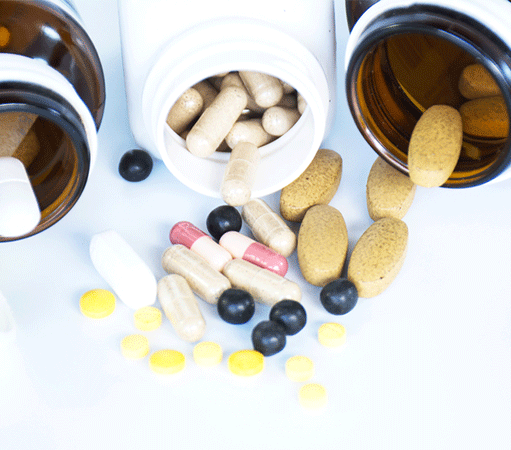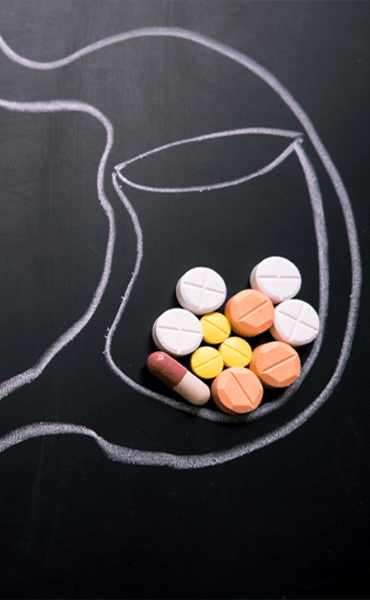


Liposomes are revolutionary dosage form that have flipped the typical dietary supplementation market. But what exactly are liposomes, and why are they affecting the way we absorb plant compounds, vitamins, and minerals?
liposome - “lipos” => fat and “soma” => body. Thus, liposomes are microscopic fat particles that resemble our body cells and can encapsulate active ingredients within their cavities. This improves the bioavailability of the active substances by allowing for optimal absorption. Liposomes have the distinctive capacity to entrap both lipophilic and hydrophilic molecules, allowing them to encapsulate a wide spectrum of compounds.
Liposome formulation is a powerful tool for modifying the pharmacokinetics of numerous compounds and has emerged as a unique technique for lowering dose, frequency, toxicity, and drug delivery targeting.
The absorption of regular dietary supplements is hampered by a sequence of events. The active ingredient reaches the stomach after being consumed orally. The acidic environment in the stomach degrades the active ingredients, causing it to lose its activity.
The remaining active ingredients pass via the stomach into the small intestine. Absorption into the enterocyte, a type of intestinal cell, takes place here. However, specific transporters at the enterocyte level are required for these substances to pass the intestinal barrier. This requirement can severely limit the number of active compounds that can pass through. This is especially true when taking a lot of vitamins or extracts from plants.
Finally, what has passed through the small intestine is processed in the liver. This usually result in the active substances being lost even more. Over 75% of typical dietary supplements are not completely absorbed, resulting in low bioavailability.


Liposomes can overcome all of the aforementioned drawbacks. Liposome encase the active ingredients within their lipid bilayer and thus the substances are shielded from the stomach's acidic environment. The fact that liposomes and our cells have the same phospholipid bilayer membrane structure is critical to their function.
Phospholipids are digested in the small intestine, bypassing the finicky transporters on the cell's surface. Instead of migrating to the liver, the liposome departs through the lymphatic system after being absorbed by the enterocytes.
The lymphatic system is a component of our body's circulation system and immunological response. Rather than being delivered to the liver, lipids are diverted to the lymphatic system. This allows the active component to avoid further degradation by bypassing the liver totally. As a result, the active substance can enter the bloodstream and be transported to its target regions.
The small portion of liposome absorbed through traditional route will undergoes minimal usage at the liver and then enter the blood circulation.
There are many hurdles to overcome for the oral delivery of nutraceuticals depending on the Physicochemical and physiological factors. Solubility, stability, and intestinal permeability are the major factors that impede effective delivery of compounds including fatty acids (e.g. omega-3 fatty acids), bioactive peptides (e.g. Ile-Pro-Pro), micronutrients (e.g. α-tocopherol), and phytochemicals (e.g. resveratrol).
Liposomes change the pharmacokinetics profile of, not only drugs but also herbs, vitamins, and enzymes. Because of their unique properties’ liposomes are able to enhance the performance of nutraceuticals by increasing solubility, improving bioavailability, and in vitro and in vivo stability.

